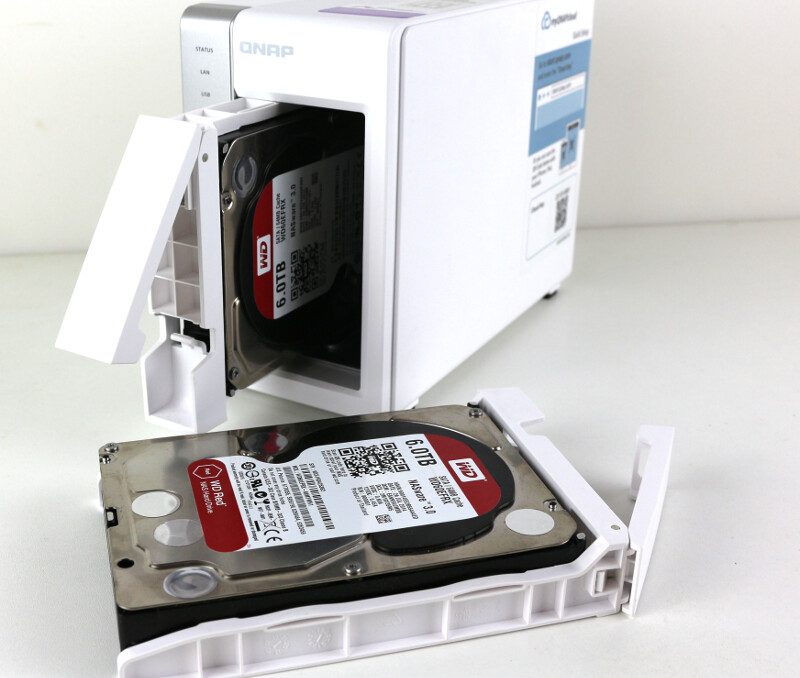Affordable QNAP TS-231P 2-Bay SOHO NAS Review
Bohs Hansen / 7 years ago
What is a NAS and How can it Help Me

What is a NAS all about?
NAS is short for network attached storage, and that is what it is. A storage drive, or multiple ones depending on NAS model, which connects to your network instead of a single computer. Thereby, the NAS offers access to the data stored on it from any system connected to your network. A central storage location.
With a NAS, you have easy access to the same data from every system that you own. When you have multiple PCs, mobile phones and tablets, gaming consoles, media players, and smart TVs that all use the same data, then it’s the best way. No more double sets of data across your systems, because you need it multiple places. No more running around with external storage drives and connecting it where you need it now. That’s all history if you own a NAS.
The Costs of a NAS
Getting a NAS is a one-time purchase, at least until you decide to upgrade it to a newer model. There are no hidden monthly costs, once you own it, you can use it. And that includes all the services offered. There are a few premium services that might cost you a fee, but they’re rarely needed and more for businesses.
Not only is a NAS a one-time purchase, along with the storage drives you want to install in it, it can also save you money in other ways. If you are subscribing to cloud services to use as a backup for your computers and mobile devices, then you can stop. The NAS can not only replace them, it keeps your files in your own home. More control, more safety.
How much it will cost in the end, that is something that depends on what you need. A simple one or two-bay NAS for home storage usage can be yours for little over £100. A 2TB drive certified for NAS usage can be yours for around £50 each. So a 4TB setup can be yours for around £200, one time. With a pay-to-use cloud service, you give that amount away in less than two years.
Drive Modes
I always talk a lot of all the available drive modes, so let’s have a look at what those are. We won’t go into the technical details, but rather check up on the effect the various modes have. The drives can be configured in a single mode where each drive is handled as its own volume or we can combine all our drives into one large volume. We can also make several smaller ones. In the end, it comes down to how many drives we have.
Let’s first talk a little JBOD as that is a confusing term. JBOD stands for Just a Bunch Of Disks and this can actually mean two things. In some cases, JBOD is just the term used for single drive usage, AKA, you just have a bunch of disks. But for NAS it’s a spanned volume where all the drive’s capacities are combined into one large volume. You won’t gain any redundancy in case of drive failure and you won’t get a speed boost either.
To gain redundancy against drive failure or speed improvements, we need a RAID setup. Which RAID modes are available depends on several factors, but mainly the amount of drive bays you have. The drive controller also has an impact, but mostly for high-end modes and ordinary consumers shouldn’t be concerned about that. With 2 drive bays as the TS-231p has, we get the option of RAID 0 and 1. With 4 drive bays or more, we’d also get RAID 5 and 10 on top, and usually also RAID 6.
RAID Advantages and Disadvantages
The difference is that RAID 0 offers more capacity and increased performance while RAID 1 offers redundancy in case of a drive failure. Moving up to RAID 10 and we get a combination of the two. RAID 5 offers three drive redundancy at the cost of only 1 drive. It also brings faster read performance, but a decreased write performance. RAID 5 and 6 are pretty much identical except that RAID 6 allows for two drives to fail instead of one without you losing any data.
There are further options when you get up to the enterprise-grade systems with RAID 50 and 60. On many systems you can also set spare drives as hot spare, making the system automatically use that to replace a failed drive.



















